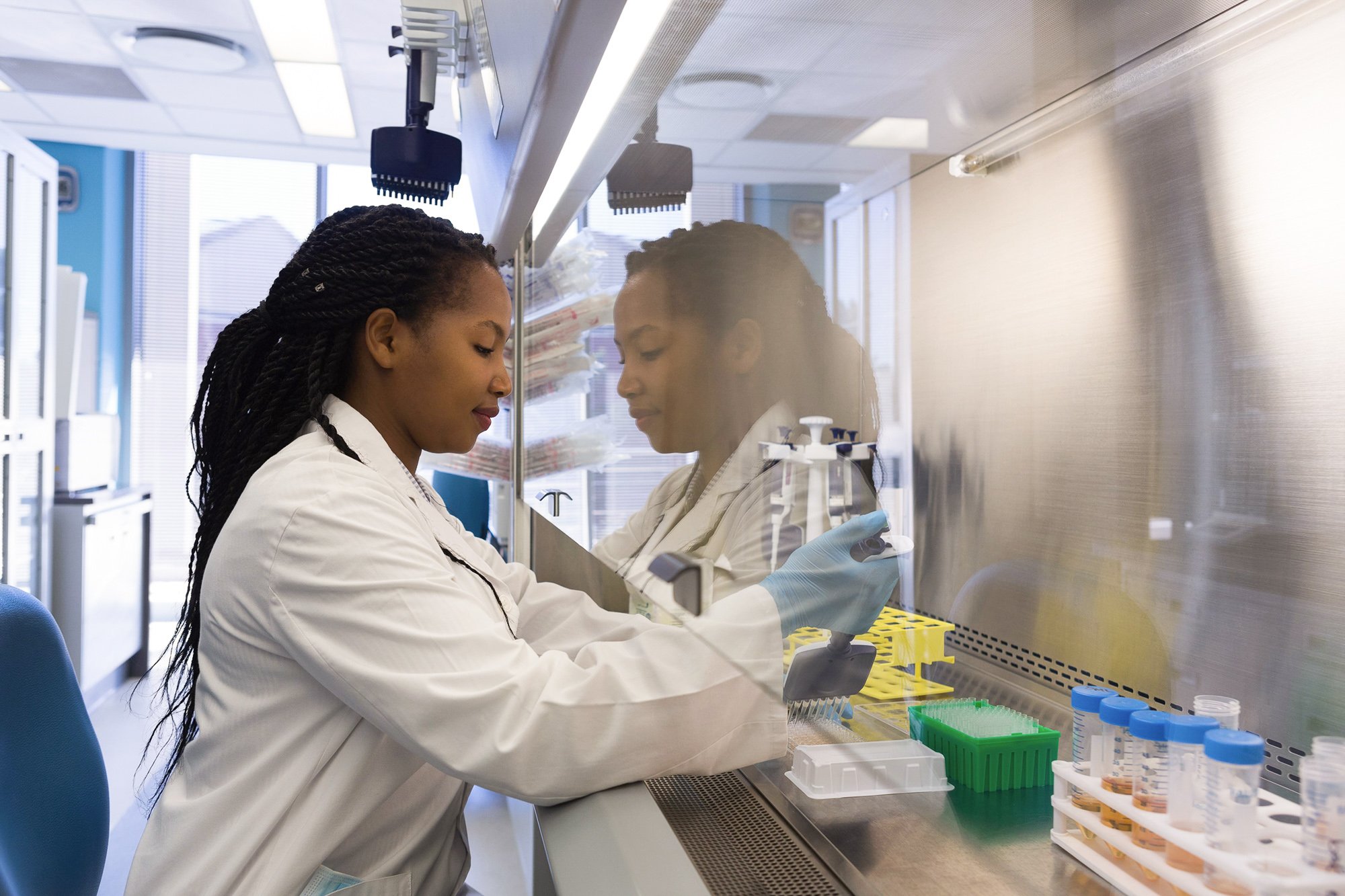B2B growth factors for proliferation
There is a need for a supplier of low-cost growth factors produced without the use of animals to support the proliferation phase of cultivated meat production. The cost of growth factor production will need to be brought down significantly as cultivated meat production is scaled up.
-
Cultivated
- Commercial
- R&D
- Raw Materials, Ingredients, & Inputs
- Cell culture media
- Industry
- Startups
Current challenge
Achieving serum-free culture at a reasonable cost is challenging, and growth factors are currently one of the biggest cost drivers of cultivated meat. Suppliers of growth factors, and of recombinant proteins in general, typically target the pharmaceutical or the bench-scale research supply markets. Recombinant proteins are therefore low-volume, high-margin products, which differs from the scale needed for cultivated meat. Cultivated meat companies can pay these high prices, produce growth factors in-house, or attempt to find growth factor-independent strategies for serum-free culture. The first option greatly increases the monetary costs of internal R&D, and becomes more problematic as companies attempt to scale up. The second and third options also increase the necessary R&D budgets, and additionally require a significant time investment, but may make scale-up more feasible.
Proposed solution
A supplier of growth factors and other recombinant proteins for the cultivated meat industry would make larger-scale production more feasible and speed up the pace of R&D. Costs could be brought down by new innovations in protein production and purification, as well as by economies of scale. A company filling this niche could become profitable in the short-to-medium term by gradually reducing the price of its products in tandem with advances in its technology as well as the increasing size of the market. Companies already producing enzymes for food applications have valuable experience in large-scale protein production. Convincing these companies to work on growth factors or to partner with a startup may be a fruitful approach. A company could also fill this niche by supplying products that obviate the need for protein-based growth factors, such as food-safe small molecules that stimulate proliferation and maintain an undifferentiated state. Engineering of growth factors for improved thermostability or activity could also be a useful avenue to explore, but this should be approached with caution since it could negatively impact perceptions of cultivated meat by consumers.
Anticipated impact
The emergence of companies filling this gap will make production of cultivated meat both cheaper and easier. We can expect this to create a positive feedback loop, with the availability of growth factors at a slightly lower price allowing cultivated meat production to scale up a bit faster. The resulting increase in the size of the market for growth factors will, in turn, allow for growth factor producers to further take advantage of economies of scale, attract additional investment, and so on.
Related efforts
NUProtein | Agulos BioTech | RichCore | Core Biogenesis | Back of the Yards Algae Sciences | Multus Media | Tiamat Sciences | Cameron Semper’s research project at the University of Calgary | iPROBE method for cell-free protein expression
GFI resources

Cultivated meat LCA/TEA report analysis
Recent studies show cultivated meat could have reduced environmental impacts and be cost-competitive with some forms of conventional meat.

Find collaborators
Join the GFIdeas global community of 2,000+ entrepreneurs, scientists, investors, and subject matter experts. Discuss projects on the members-only Slack community, attend monthly seminars, and use the community directory to help you find collaborators working on similar Solutions!
Related solutions
-
Cultivated
-
Fermentation
Systematic investigation of growth factor needs and effects
Open-access research into growth factors required for proliferation, maintenance, and differentiation of cell types relevant to cultivated meat will support both academic and industry research efforts. This research could include…
-
Cultivated
-
Fermentation
Growth factors from conditioned cell culture media
Rather than relying on recombinant growth factors, cultivated meat companies could use conditioned media from animal cells producing high levels of these molecules.

Explore the full solutions database
Browse 100+ startup ideas, commercial opportunities, research projects, and investment priorities throughout the alternative protein supply chain.
Get involved
If you’d like to fund a research project, work on any of these solutions, share information about related efforts that are already underway, or elevate new ideas for advancing the alternative protein industry, we’d love to hear from you!
